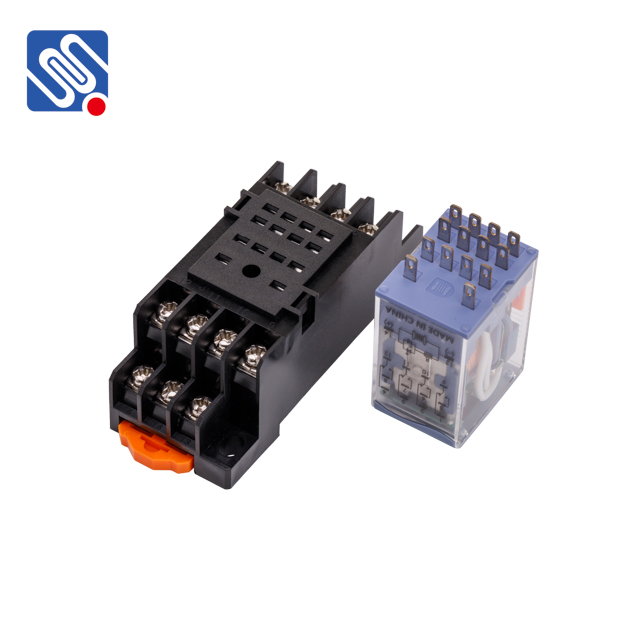understanding electromagnetic relay: principles, applications, and advantages
Release time:2025-08-11 08:40:03
An electromagnetic relay is an essential electrical device used in various automation and protection systems. It operates on the principle of electromagnetism, where an electric current is used to generate a magnetic field that controls the switching of a set of contacts. These relays are critical components in many electrical circuits, serving as switches, protectors, and signal controllers in applications ranging from household appliances to industrial machinery.

Working Principle of Electromagnetic Relays
At the core of an electromagnetic relay lies the interaction between electric current and magnetism. The device typically consists of four main components: the coil, an iron core, a set of contacts, and a spring. When an electrical current passes through the coil, it creates a magnetic field that attracts the iron core. This action causes the moving contacts to either close or open, depending on whether they are normally open (NO) or normally closed (NC) contacts.
When the coil is energized, the magnetic field is strong enough to pull the core, moving the contact arm and altering the state of the contacts. For a NO contact, this results in the connection being made, allowing current to flow through the circuit. Conversely, for NC contacts, the relay will break the circuit when energized. Once the current to the coil is turned off, the magnetic field collapses, and the spring mechanism returns the contacts to their original state.

